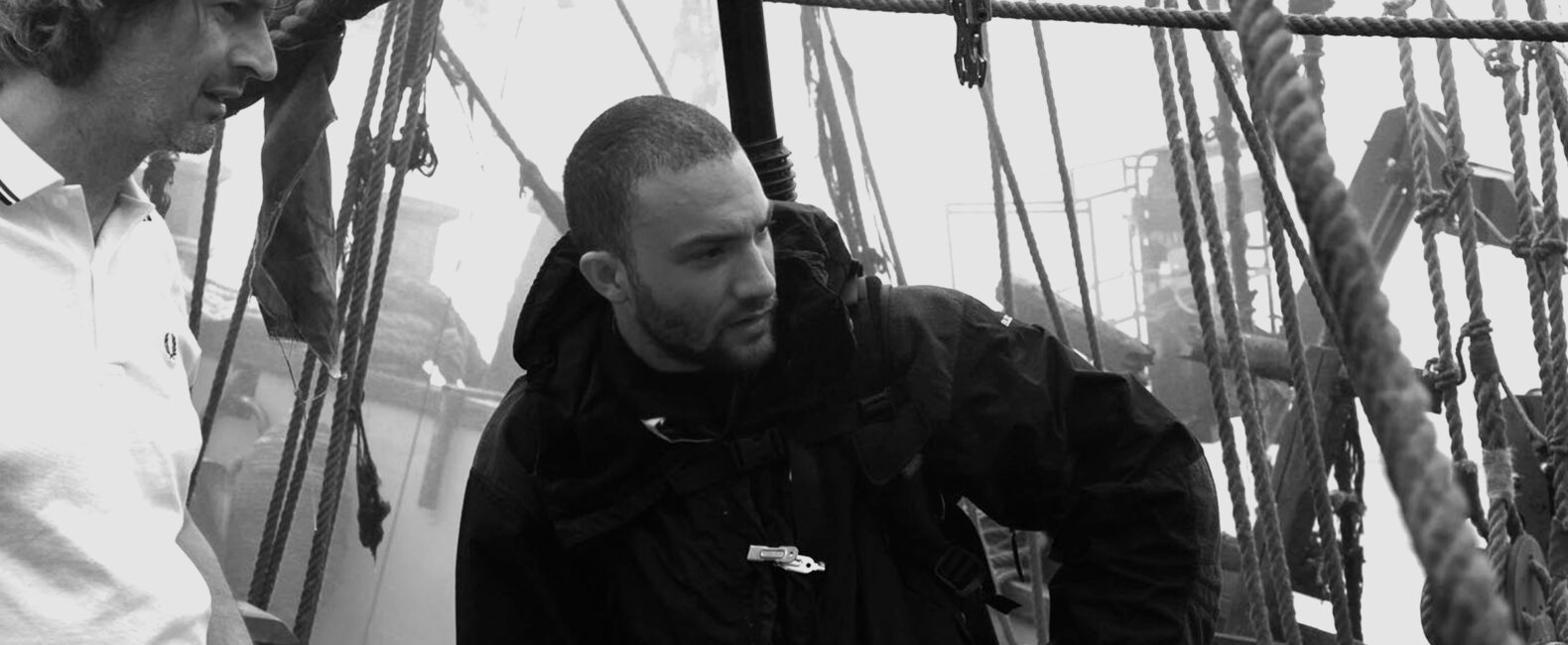How can you become a better filmmaker when there are so many aspects of filmmaking to improve? It’s easy to get overwhelmed. But here’s the thing: Filmmaking is inherently interdisciplinary. Every piece is related to everything else. Improving one part has a strange way of improving the whole. So when we asked some of our favorite cinematographers for their advice on taking their work to the next level, we realized that everything they were talking about could also be applied to a broader lifelong goal of becoming a better filmmaker. So whether or not you’re a cinematographer, here are some world-class opinions on how to get better.

Jared Fadel on the Power of Optimism
Be the most optimistic on set when things are going wrong. How you handle yourself during tough problems on set will affect your crew’s motivation to get things done fast and done right. Make it your goal to keep the optimism. My mentors taught me that skills come second and your personality comes first. Working with an optimistic friend to solve an issue is key to a smooth production. Being an aggressive diva while blaming the budget and/or anyone else for the issues is not going to solve anything.
Tim Sessler on Seeing the World with New Eyes
As a cinematographer, I am always looking for new ways to capture images. If you always shoot on the same camera and same lens, it sometimes feels like you’re stuck in your progress (even though you’re still making some unnoticed progress). Try a new lens, put a prism or split diopter in front of your camera, use interesting filtration (IR might be the most extreme example), or build an interesting LUT that gives you a completely new look. Even a very simple change can go a long way. For me, this oftentimes helps inspire new shots and gets the creative juices flowing again. A good example would be the use of prisms for the beginning of the short film EROSION.
Another strategy: Without changing any of your gear, focus on the world around you and try to capture it in a new way. Everything has been captured in so many ways, but usually there are established go-to angles and framings. Try to find your unique take on it and capture it in a way you haven’t seen done before. An example would be the Empire State Building. A building we’ve all seen, in photos or in person, over and over again. It’s been captured for decades. For the short film BALANCE, we tried to film Manhattan in a new way.

Rachel Morrison on Having Faith
It’s all about having faith that things will work out. I remember these guys in undergrad who’d get asked if they’d ever shot underwater before. They’d say, “Oh yeah, totally, all the time.” They’d never shot underwater before, but they’d quickly teach themselves how to swim, and then they’d knock it out of the park. Now they have this great commercial for their reel. I don’t believe in telling people you’ve done things you haven’t done. But it’s that mind-set: You have to challenge yourself, or you’ll never get to the next level. If you’re only ever taking baby steps, it’s going to take a very, very long time to get where you’re trying to go.
Autumn Durald on Having a Unique Perspective
One thing I saw a lot at film school — and I did this myself — was being too particular, focusing too much on making things look pretty and not on telling a story. Your work has to come from inside you. You have to have a unique perspective. What makes for amazing cinematography is when you and the director are both bringing your unique perspectives when you work together. Sometimes these young DPs — especially with digital cameras — try too hard to make things look perfect, and they don’t consider the story. Everything is starting to look the same.
You have to put yourself into the work, you have to have confidence and not be insecure. The same is true for directors. The best directors are the ones that put everything out there, and you feel it when you watch their work. My advice is to try anything, don’t be afraid to make mistakes. That’s how you learn what you like and don’t like.

Chayse Irvin on Responding to the Moment
Another thing I learned was that as an artist you never have to ask permission. You can just go and do it. It has reverberated throughout my career. If I see something I want to do, I just go do it. And I do it quickly. The directors I’ve been working with really love that. You come out with unique stuff. In the moment of inspiration, I act. The results have been really, really amazing for me.…
[It’s about] getting to that place where you’re not thinking at all, you’re just reacting, you’re just making choices. Your ego is gone. You don’t even know who you are. I haven’t totally mastered it. [But] it’s really about making yourself vulnerable to things. Some of the most talented guys I work with — they’re almost like children on the set. They get so elated over the smallest thing. They’re excited and sad and excited and sad. That, to me, is childlike vulnerability. Whereas, in the industry, the way it’s done is the opposite. You need to be indifferent, hard core. But the guys making some of the best stuff, they’re just big softies who want to feel stuff.
When I’m standing on set, I take a deep breath and try to let everything go, just feel like a kid again. Like this is a playground.

















































































